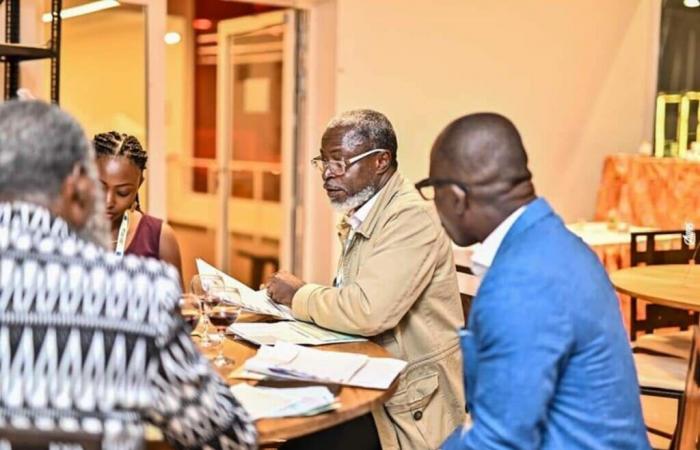Right of reply from the National Council of Interior Architects of Côte d’Ivoire (CNAICI) to the Order of Architects of Côte d’Ivoire (OACI)
“In a so-called “official” press release dated September 20, 2024, published in the newspaper Fraternité Matin and taken up by several online media, under the title “Warning against the exercise of the profession of architect”, the The Order of Architects of Côte d’Ivoire (OACI) attempted to discredit members of the National Council of Interior Architects of Côte d’Ivoire (CNAICI).
ICAO accusations
The ICAO affirmed that certain member firms of the CNAICI, cited by name, would be guilty of “usurpation of the title of architect” and that they would be exposed to the sanctions provided for by law. This press release, according to ICAO, aims to warn the population and project owners, encouraging them to be vigilant.
Reaction of the CNAICI
The CNAICI expresses its deep indignation at this new slanderous accusation, once again targeting interior designers and their firms. This attempt at denigration seeks to make interior designers responsible for the defects observed in certain constructions. The CNAICI wishes to alert the Ivorian authorities as well as national and international public opinion about these repeated attacks, which come from an organization sharing similar skills.
The CNAICI considers that these ICAO attacks are motivated by financial interests and are counterproductive for the development of the architecture and construction sector in Côte d’Ivoire.
Clarifications made by the CNAICI
Responsibility for construction: Architects or construction engineers are not responsible for the construction of buildings, which is the exclusive responsibility of construction companies. Construction defects cannot therefore be blamed on interior designers.
Training and skills: Civil architects and interior designers share at least 50% of the disciplines taught, whether artistic, technical or scientific, throughout their course.
Training framework: In countries with a long architectural tradition, the training of architects is under the supervision of the Ministry of Culture, as well as the Ministry of Higher Education. In Ivory Coast, civil and interior architects work under the technical supervision of the Ministry in charge of Construction and Urban Planning, although their supervision falls under the Ministry of Culture.
The title of architect: The term “architect” is attributed to several specialties: landscape architect, general or civil architect, interior designer, urban architect, etc. This title is therefore not the exclusive prerogative of an association but results from recognized academic training certified by a state diploma. In Ivory Coast, the profession of interior designer is governed by Decree No. 2017-126 of February 22, 2017.
Training establishments: The CNAICI points out that ICAO is not authorized to create a school of architecture, as is the case with the school located in Cocody. A professional order is responsible for regulating the profession and not for granting itself prerogatives falling under the Ministry of Higher Education.
Right to legal exercise
The CNAICI, regulator of the interior design profession, recalls that its members, as well as the firms registered on its list, practice completely legally. Among the legally constituted and regularly registered firms are:
ARCHIFUSION BY TOYTOA
ATMOSPHERE
AXO INNOVATE
GARDFOND BLANC PARTNERS
STUDIO BLK
GEOMETRAL SARL
EDEN CONSULTING
KUBIKK
KOKOWA DESIGN
METISSE HOUSE
ARITHMETIQ
GREC SARL
WORKSHOP V DESIGN
ESQUIFORM SARL
PHILING
Conclusion
The CNAICI calls on ICAO to demonstrate responsibility and publish a formal denial via the same channels used to disseminate their accusations. Failing this, the CNAICI reserves the right to take legal action. »






